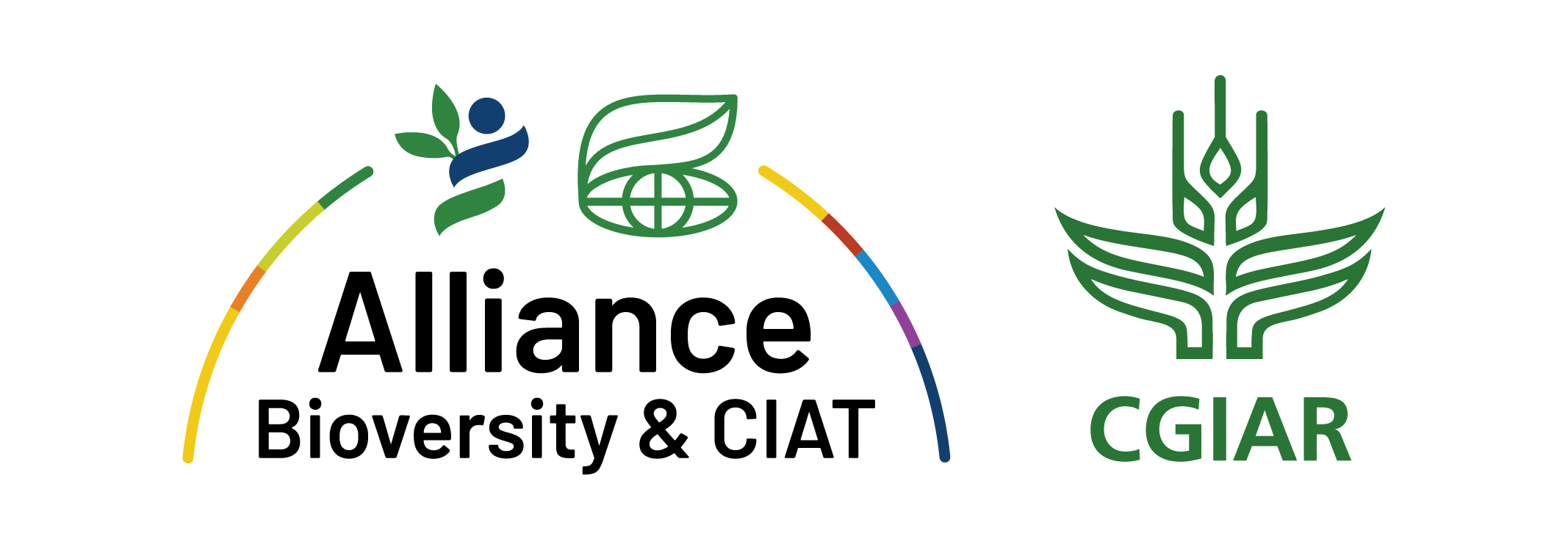You have observed a lot of tropical forests be converted to plantations since you first came to work in the region. What can be done to prevent the loss of forest?
ProI think that the answer is looking ahead. Conservationists are usually ten steps behind development. Conservationists are trying to respond to a threat which is already happening. I hope that a workshop like this will enable us to get a little bit ahead of development, so that we're not just responding to forest conversion, but are setting the agenda. We should anticipate what is going to happen next, and prepare conservation strategies in advance. Could we do some landscape planning? Could we conserve just a few stands of useful or valuable species?
What past projects of yours have been particularly successful?
IT: I first came to the region to work in Colombo, Sri Lanka. I was part of a biodiversity assessment team. We were mapping the remaining natural forest in Sri Lanka in order to plan a protected area network.
That was an example of demonstrating foresight; saying, “ok, we are losing natural forest right now, so what should we try to protect?”
Some of the forests that we worked on protecting for that project, I can see now, are still here.
I also think that our work on Dalbergia has been successful. We started that work almost twenty years ago, establishing seed sources and conservation stands. Some good people secured the seed of a variety of Dalbergia populations, which are now in nurseries and seedlings are being sold by private and community businesses. Today,Dalbergia is a widely planted species, and not just because governments are working to protect or save the species, but because farmers are planting it.
You have recently been appointed as Professor at the Institute of Food and Resource Economics. Congratulations on that! How does that relate to the work that you are doing now, and forest genetic resources?
IT: My professorship is on ethnobotany and forest governance.
Ethnobotany is the study of how people use plants, peoples' knowledge of plants, and the relationship between plants and people. It is very interdisciplinary. We combine methods from anthropology and biology, working with people, and asking questions like, “how do you use this plant, where do you find it or who do you go to for information?” At the same time, ethnobotanists work with plant collection and classification..
Ethnobotany is a field of study can be useful when it comes to what APFORGEN is doing, prioritizing critical species. Priority species are the species that have value to people. Once we determine what species have value to people, the next step is to think about how we can plan for the conservation and management of that species. Part of that conservation and management can be done by creating a mutually beneficial relationship between a species and the people who could potentially use that species.
What role do local people play in your work?
IT: Even though I’m a taxonomist, I would be blind without local peoples’ knowledge. When it comes to fieldwork, the formally educated people are the students. We have to listen and learn, because the people who are not officially “educated” are the real masters of the forest. The hard work is learning how we can combine our knowledge systems, and use what comes out of that to inform organizations, research, and policymakers.
It is not always easy. Often, when working with local people, we use the local names of species… so I work with two sets of classification systems. But I think that if you take a little time to try and understand the local ways of classifying plants, you see the logic and you can often relate it to the scientific names.
What do you see as the benefits of this workshop?
IT: This workshop is playing the important role of bringing people together. Gathered here, we have people who do spatial analysis and people who know about modeling. We also have people here with experience in the field. That enables us to actually check our models.
Do you have any last thoughts that you would like to share?
IT: I was very happy to get the invitation to this workshop. I went to the founding meeting of APFORGEN in 2003, so I was very glad to see that the network is still active and vibrant, and continuing to expand and develop.
Sometimes networks are established, but then there is no funding or no interest. I think that this network has really proven to be viable and dynamic. I hope that APFORGEN will succeed in conserving the species that we are working on at this workshop, but also in providing generic knowledge that could be used to save other species.
Read more about APFORGEN's regional initiatives to support conservation, restoration and sustainable use of forest genetic resources.
